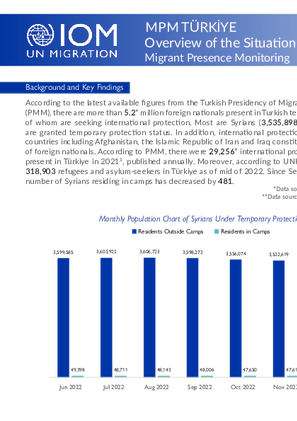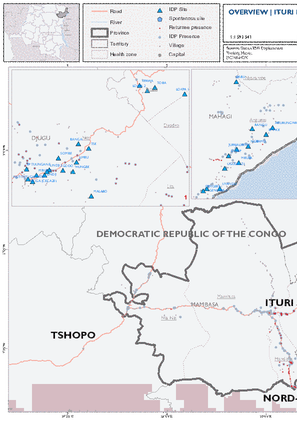The DTM Emergency Tracking Tool (ETT) is deployed to track and to collect information on large and sudden population movements, provide frequent updates on the scale of displacement and quantify the affected population when needed. As a sub-component of the Mobility Tracking methodology in Nigeria, ETT utilises direct observation and a broad network of key informants to capture best estimates of the affected population per location, enabling targeted humanitarian response planning.
Between 02 and 08 January 2023, a total of 1,552 new arrivals were recorded in locations in Adamawa and Borno States. The new arrivals were recorded at locations in Askira/Uba, Bama, Damboa, Dikwa, Gwoza, Hawul, Monguno, Ngala, and Kala Balge Local Government Areas (LGAs) of the most conflict-affected state of Borno and in Fufore, Girei, Gombi, Hong, Lamurde, Maiha,
Michika, Mubi South, Song, Yola South and Yola North LGAs of Adamawa State.









